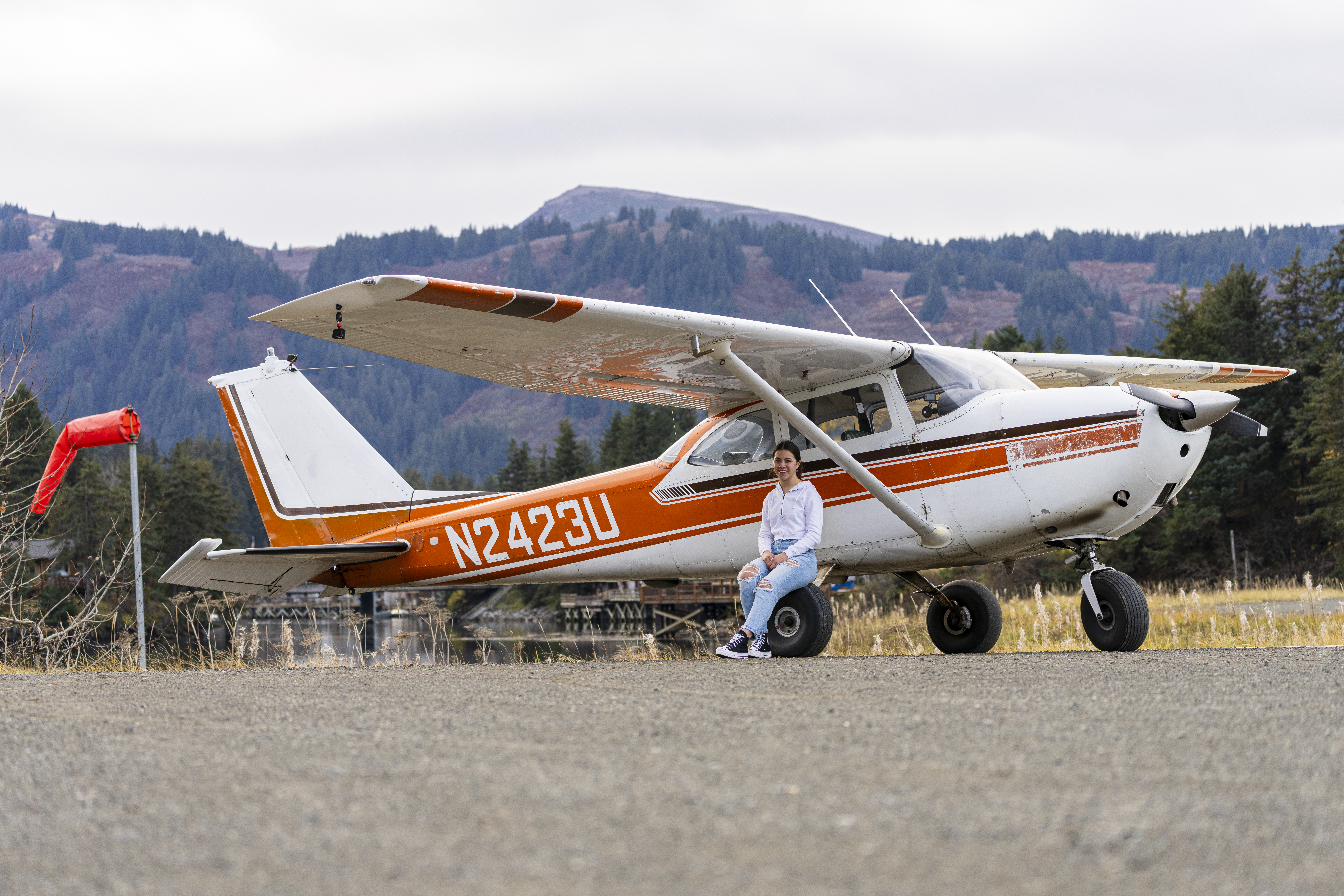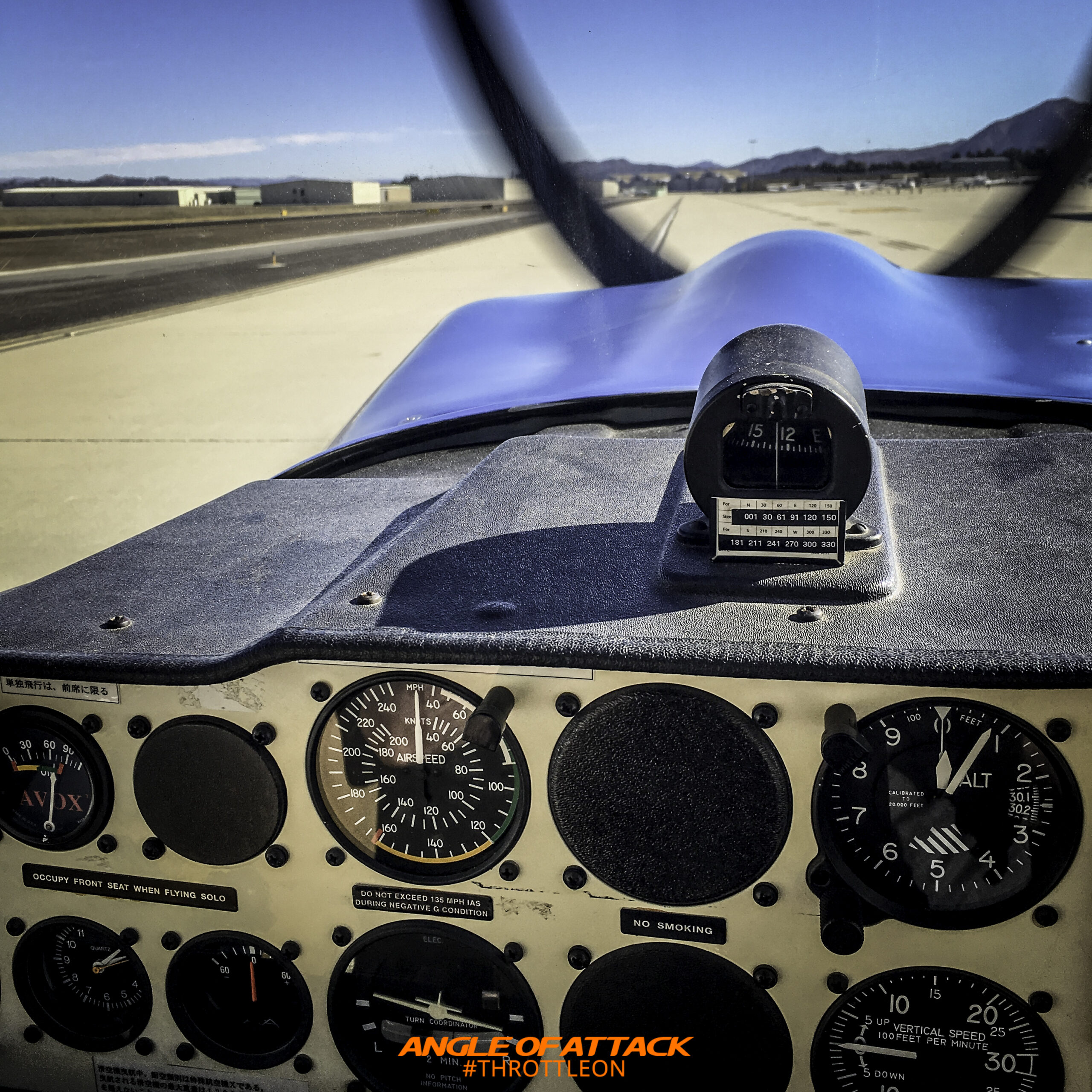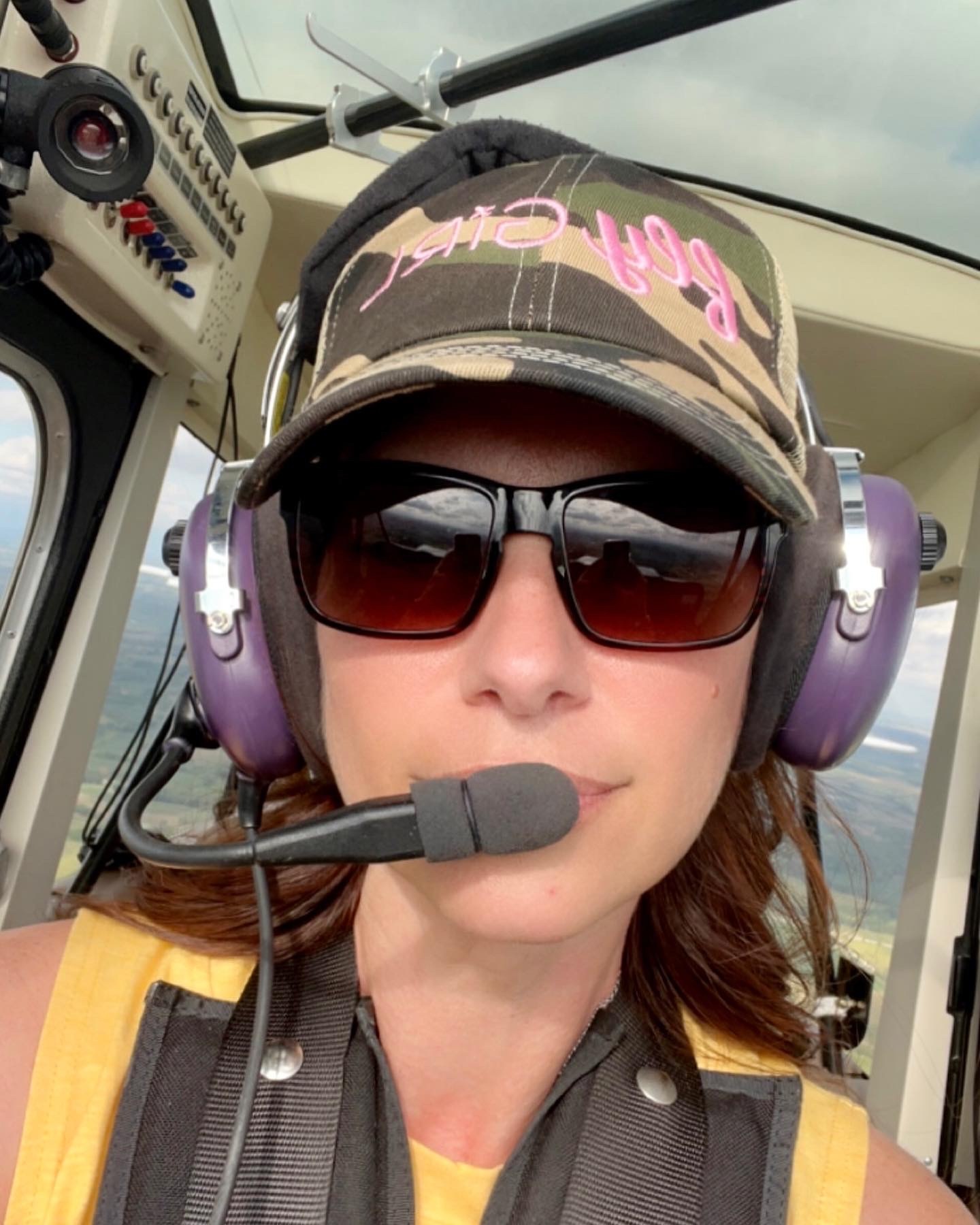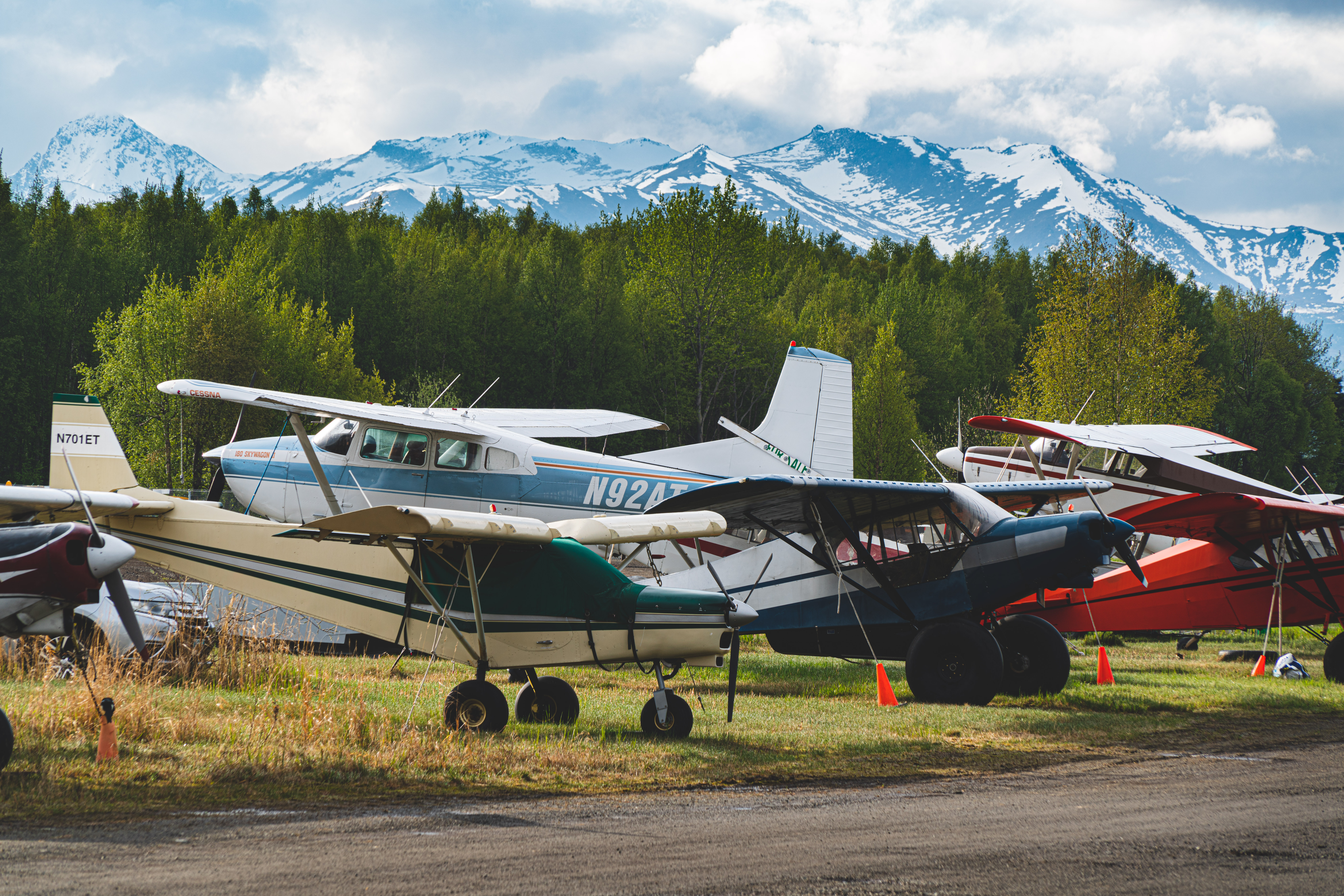
Embarking on a discovery flight is an exhilarating experience that allows you to soar through the sky and witness the world from a completely new perspective. Whether you dream of becoming a pilot or simply want to experience the thrill of flying a discovery flight is an ideal way to dip your toes into aviation. I will never forget my discovery flight and what my future CFI said to me. I was so anxious and yes I did end up getting ill. Before the flight, my instructor looked at me and said, “Relax, we aren’t going to the dentist.” He made me laugh and I was able to fly the plane for the first time ever.
Research
Before embarking on a discovery flight, it’s crucial to research and select a reputable flight school. Look for flight schools that have experienced instructors, well-maintained aircraft, and a strong safety record. Seek recommendations from fellow aviation enthusiasts or consult online resources and forums to find the best options available in your area.
Dress for the Occasion
On the day of your discovery flight, it’s essential to dress appropriately for the occasion. Opt for comfortable clothing that allows ease of movement. Consider wearing layers, as the temperature may vary during the flight regardless of the season. Closed-toe shoes are a must, as they provide protection and stability.
Mentally Prepare
Flying can be an overwhelming experience for some individuals, especially if it’s their first time. Remember what I said about my first flight? Take a few moments to calm your nerves and mentally prepare yourself for the adventure ahead. Remind yourself of the safety precautions taken by flight schools and the expertise of the instructor accompanying you. Embrace the excitement and embrace the opportunity to step out of your comfort zone.
Review the Flight Itinerary
Before your discovery flight, contact the flight school to obtain details about the planned itinerary. Knowing the duration of the flight, the areas you’ll be flying over, and any specific landmarks you might encounter can help you better prepare and anticipate the experience. Some instructors will take requests for the flight planned. I was able to fly over my home.
Be Punctual
Arriving on time is crucial to ensure a smooth start to your discovery flight. Being punctual allows you to complete any necessary paperwork, meet your instructor, and receive a thorough pre-flight briefing. Late arrival might lead to a rushed experience or even rescheduling, causing disappointment.
Pre-Flight Briefing
Once you arrive, your instructor will conduct a pre-flight briefing. This briefing will cover safety procedures, basic flight controls, and an overview of the aircraft’s instruments. Take this opportunity to ask any questions you may have and clarify any doubts. The pre-flight briefing sets the foundation for a safe and enjoyable discovery flight.

Aircraft Walk-Around
Following the pre-flight briefing, your instructor will guide you through a walk-around inspection of the aircraft. This process involves visually inspecting the aircraft’s exterior, checking fuel levels, examining control surfaces, and ensuring everything is in working order. Observing and participating in the walk-around is a valuable learning experience.
Buckle Up and Soar
With the pre-flight preparations complete, it’s time to buckle up and take to the skies. Sit back, relax, and enjoy the thrill of your first flight. Listen attentively to your instructor’s guidance, and don’t hesitate to ask questions or seek clarification throughout the flight. Feel free to take photos or videos to capture the memorable moments.
Post-Flight Debriefing
After safely landing, your instructor will conduct a post-flight debriefing. This session allows you to review the flight, discuss your experience, and receive feedback on your performance. Use this opportunity to reflect on the flight, address any concerns, and gain insights into your potential as a pilot.
Embarking on a discovery flight is an extraordinary opportunity to explore the world of aviation and experience the joy of flight firsthand. By researching flight schools and preparing mentally, you’ll be well-equipped for this exciting adventure. Dress appropriately, arrive punctually, and actively engage in the pre-flight briefing and aircraft inspection process. Finally, buckle up, savor the experience, and embrace the wonder of flying. The memories and lessons learned during your discovery flight may serve as the catalyst for an exciting future in aviation or simply remain cherished moments that fuel your passion for the skies. If you have any questions about a discovery flight, or anything aviation don’t hesitate to reach out to us at Angle of Attack.

Karey grew up and obtained her in private pilot’s license in Central Iowa. She fell in love with tailwheel aircraft during her primary training and obtained a tailwheel endorsement the week following her private pilot checkride. She is eager to obtain her seaplane rating and is merging her passion for flying with her prior work career. Karey has a background in marketing, editing, and web design after graduating from Simpson College. When she is not flying or working, Karey enjoys anything related to technology and admits she can be a bit of a nerd. She also has discovered a love for virtually all outdoor pursuits, with a special fondness for climbing, shooting, and hiking.

Stay Connected
Be the very first to get notified when we publish new flying videos, free lessons, and special offers on our courses.





